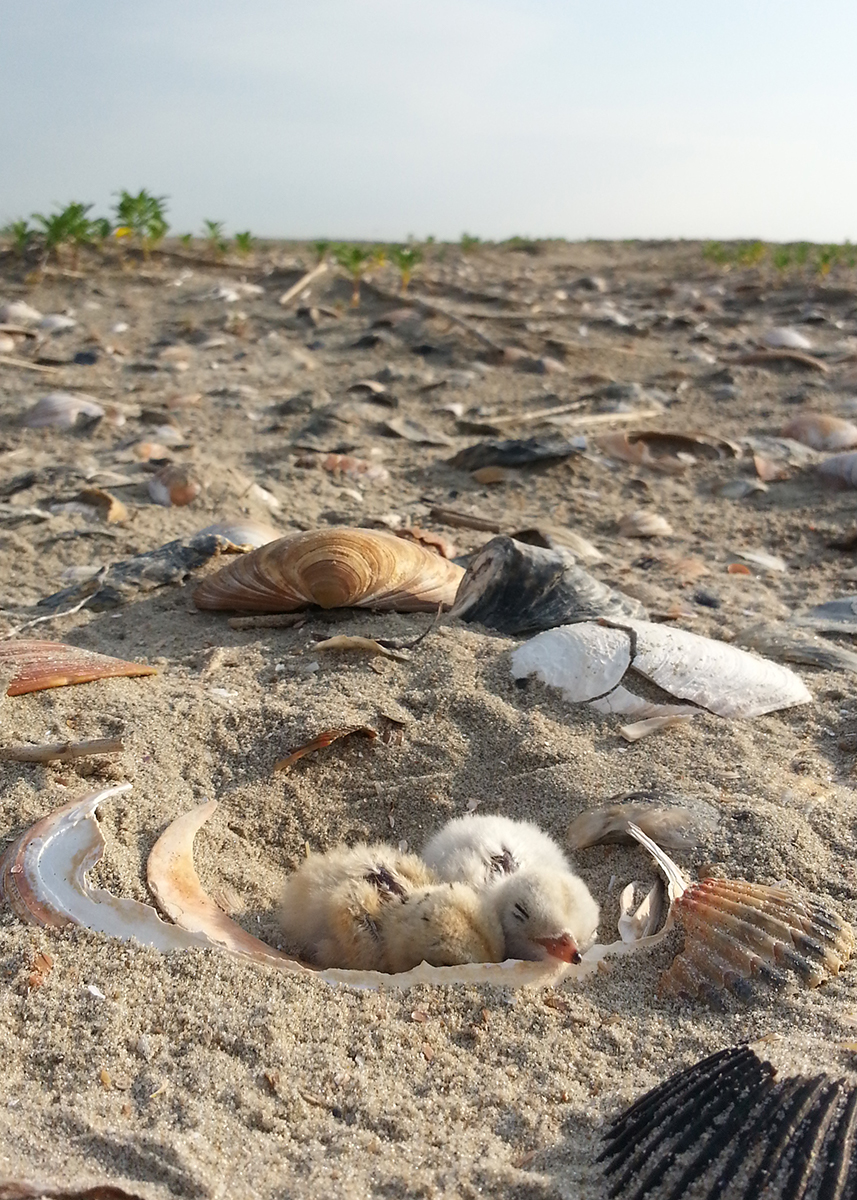Photo by Gordon Campbell | At Altitude Gallery
Cobb Island
Owned and managed by: The Nature Conservancy Virginia Coast Reserve.
Cobb Island is open year-round to the public for low-impact, recreational day use, such as hiking, bird watching, surf fishing and photography. All areas above the high tide line are closed April through August. Please help protect sensitive habitats and wildlife by observing all visitation policies and seasonal restrictions.
Visiting Cobb Island
The Seaside is a dynamic landscape with constantly shifting tides, sands and weather. Safety is a top concern when visiting this remote area with limited accessibility and services. Stay alert, come prepared and be aware of island use policies.
Open for recreational DAY use:
![]()
![]()
![]()
![]()
Prohibited at ALL times:
![]()
![]()
![]()
![]()
Seasonal restrictions (April through August):
For information about our policies, please contact the Virginia Coast Reserve office:
- Call us at (757) 442-3049
- Visit our website
Suggested access points
Cobb Island is most easily and safely accessed via the inlet beach at the south Sand Shoal Inlet end of the island at Sand Shoal Inlet. Access to other parts of the island requires extensive knowledge of the waterways and is not recommended for inexperienced visitors. The Cobb Island Life Saving Station located at the south end of the island is privately owned and not open to the public. Please contact The Nature Conservancy for more information.
About Cobb Island
The incredible dynamics of barrier islands are nowhere more evident than on Cobb Island. The island has undergone dramatic changes over the past decade including notable loss of beach at the north end of the island, an expansion of beach and build up of salt marsh on the south end and a complete breach in the center of the island. Through all of and in many ways because of these changes, the island’s habitats continue to support a rich diversity of wildlife including migratory birds, diamond backed terrapins and northeastern beach tiger beetles. The rich human history of Cobb Island is also visible with the Cobb Island Life Saving Station which still stands, although precariously, at the south end of the island adjacent to the vacant footprint of the former Cobb Island Coast Guard Station. The coast guard station, renovated and privately owned, now sits on the Eastern Shore mainland just to the north of the village of Oyster. Cobb Island’s fascinating history includes the Cobb Island Hotel Complex complete with guest cottages and an outdoor bowling alley – a destination for visitors from across the United States. As visitors once were enticed to the island by the wonders of its natural beauty, so are they now as it remains part of Virginia’s unique coastal wilderness along the Eastern Shore.
Photo by Gordon Campbell | At Altitude Gallery
Discover a Coastal Wilderness
The Atlantic coastline of Virginia’s Eastern Shore is a unique coastal wilderness that spans 70 miles from the Virginia/Maryland border to the mouth of the Chesapeake Bay. The region is characterized by vast, mostly undeveloped marshes, barrier island beaches and coastal lagoons that support globally important populations of migratory birds, are the site of intensive large scale oyster reef and eelgrass restoration projects, and provide extensive recreation opportunities in remote settings. Learn more about the natural history of this amazing coastal landscape.
OWNERSHIP AND LAND MANAGEMENT
The Nature Conservancy Virginia Coast Reserve
The Nature Conservancy is a global conservation organization dedicated to conserving the lands and waters on which all life depends. Guided by science, the Conservancy creates innovative, on-the-ground solutions to our world’s toughest challenges so that nature and people can thrive together.
The Virginia Coast Reserve (VCR) is a landscape program within the Virginia Chapter of the Conservancy that is headquartered in Nassawadox, Virginia on the Eastern Shore. VCR is made up of 14 barrier and marsh islands, extensive salt marshes and several mainland properties including the Brownsville Preserve. Programs at VCR address conservation topics on the Eastern Shore such as migratory bird conservation, marine habitat restoration, coastal resilience, land protection and outreach and education. VCR works collaboratively with federal and state partners to manage The Nature Conservancy’s properties, including the barrier islands and Brownsville Preserve, to ensure the protection of sensitive natural resources while also accommodating for low-impact visitor use.
Explore Our Seaside Partners
The seaside of Virginia’s Eastern Shore is almost entirely owned and managed by non-profit, state and federal agencies. These partners share the common goal of protecting natural resources, while balancing sustainable recreational and economic use of the seaside. Learn more about our partnership.
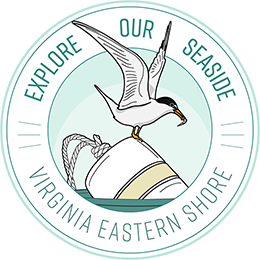

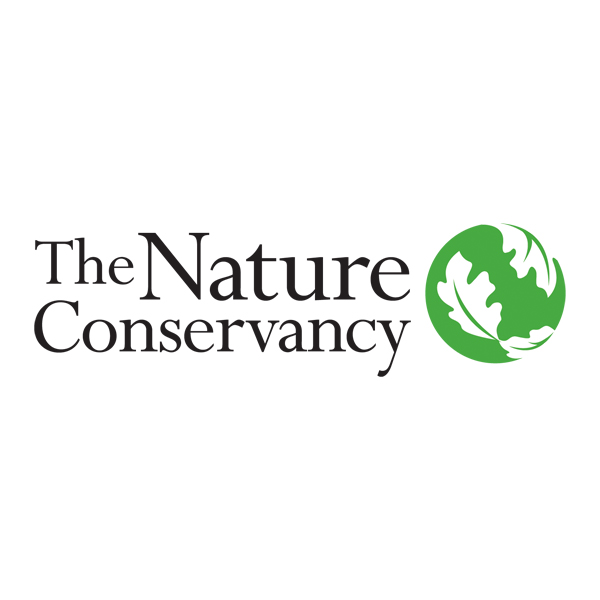

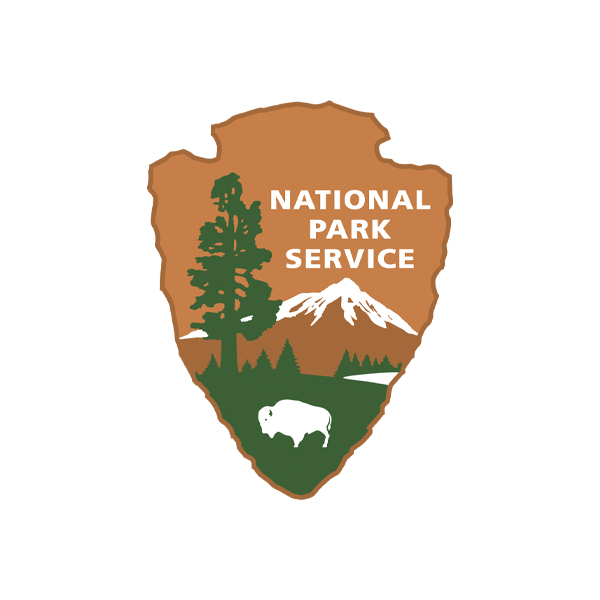

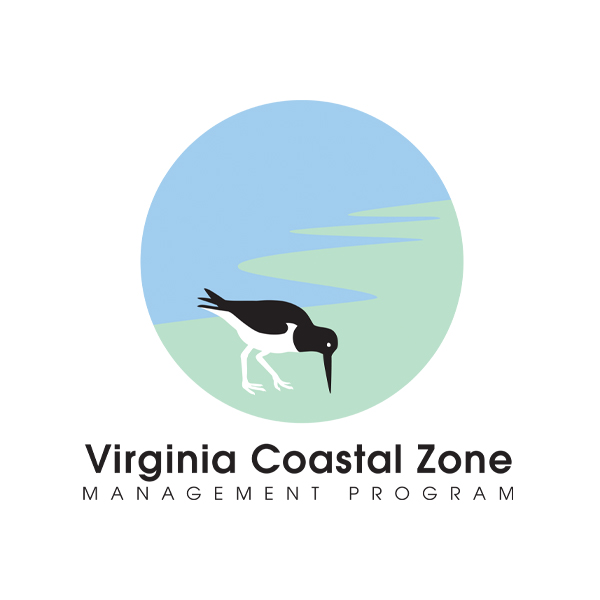
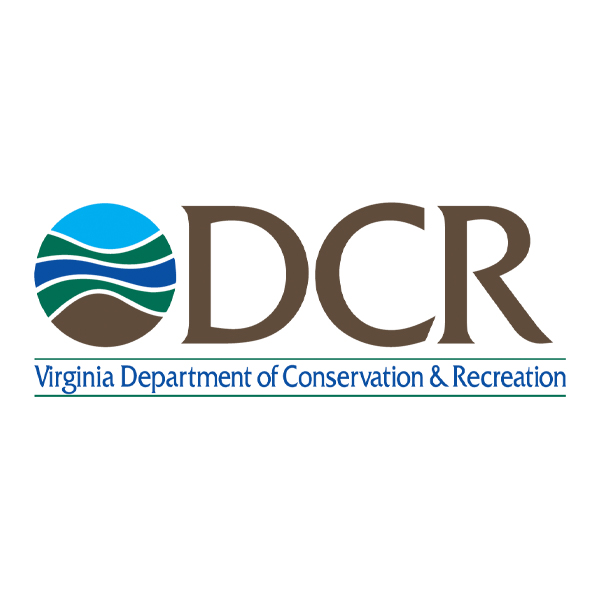
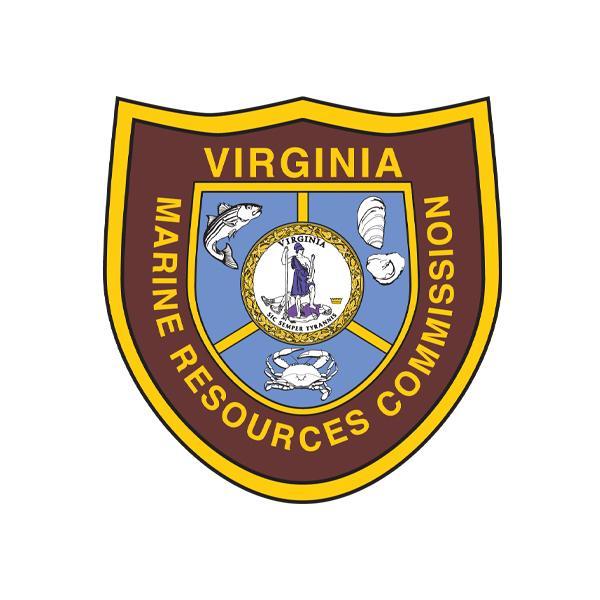
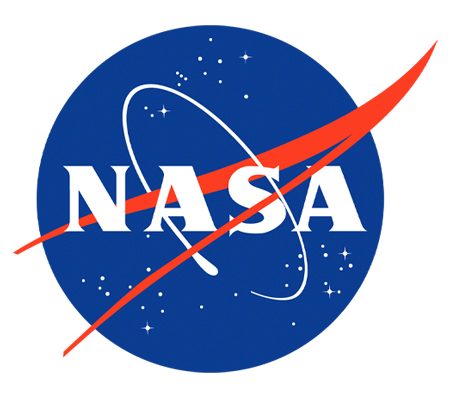
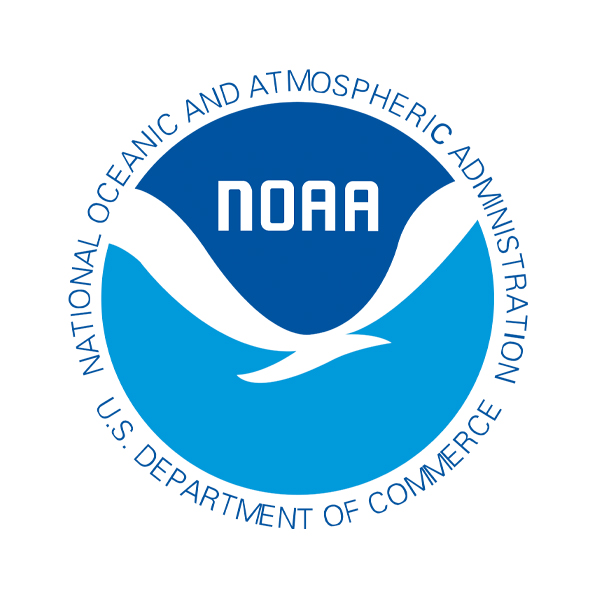

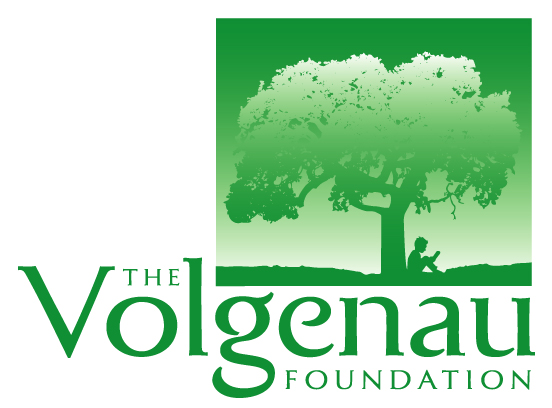 This project was funded by The Nature Conservancy with support from The Volgenau Foundation and by the Virginia Coastal Zone Management Program led by the Virginia Department of Environmental Quality through Grant #NA17NOS4190152 of the U.S. Department of Commerce, National Oceanic and Atmospheric Administration, under the Coastal Zone Management Act of 1972, as amended. All Explore Our Seaside partners also contributed significant time and effort to the project.
This project was funded by The Nature Conservancy with support from The Volgenau Foundation and by the Virginia Coastal Zone Management Program led by the Virginia Department of Environmental Quality through Grant #NA17NOS4190152 of the U.S. Department of Commerce, National Oceanic and Atmospheric Administration, under the Coastal Zone Management Act of 1972, as amended. All Explore Our Seaside partners also contributed significant time and effort to the project.